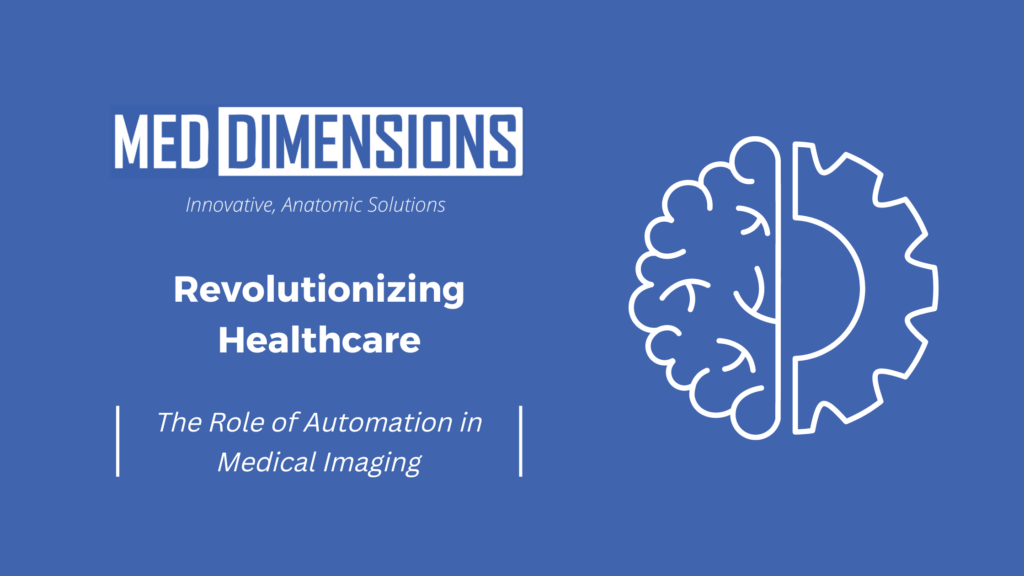Revolutionizing Healthcare: The Role of Automation in Medical Imaging

In today’s rapidly advancing world, technology has become an indispensable tool in the realm of healthcare, particularly in the field of medical imaging. The fusion of medical imaging and automation has paved the way for groundbreaking innovations, promising more accurate diagnoses, efficient treatment plans, and ultimately, improved patient outcomes. Let’s delve into some key aspects where automation is reshaping the landscape of medical imaging.
Coordinates in Medical Imaging:
One of the fundamental elements in medical imaging is understanding spatial coordinates within images. These coordinates not only provide essential information about the location of abnormalities but also facilitate precise measurements and analysis. Automation has streamlined this process by employing sophisticated algorithms that can swiftly identify and interpret coordinates within images, reducing the margin of error and enabling healthcare professionals to make informed decisions swiftly.
Morphology Helping Determine Phenotypes:
The intricate details of anatomical morphology can hold vital clues for diagnosing various medical conditions. Automation plays a pivotal role in extracting and analyzing morphological features from medical images, helping clinicians discern subtle differences that might indicate specific phenotypes or disease characteristics. By automating this process, medical professionals can expedite diagnosis and tailor treatment plans more effectively to each patient’s unique needs.
Masking Medical Images Neural Networks:
Segmentation, or the process of delineating specific structures or regions within medical images, is essential for accurate analysis and diagnosis. Neural networks have emerged as powerful tools for automating this task, efficiently creating masks that highlight areas of interest within images. By leveraging neural networks, healthcare practitioners can focus their attention on relevant regions, improving diagnostic accuracy and expediting the interpretation of medical images.
Convolutional Neural Networks:
Convolutional Neural Networks (CNNs) represent a revolutionary breakthrough in the field of medical imaging automation. These deep learning models are specifically designed to analyze visual data, making them ideally suited for tasks such as image classification, detection, and segmentation. CNNs excel in recognizing intricate patterns and features within medical images, enabling automated diagnosis and prognostication with unprecedented accuracy and efficiency.
In conclusion, the integration of automation in medical imaging heralds a new era of possibilities in healthcare. By harnessing the power of advanced algorithms and neural networks, healthcare professionals can unlock valuable insights from medical images, leading to more precise diagnoses, personalized treatment strategies, and ultimately, better patient outcomes. As technology continues to evolve, the synergy between medical imaging and automation holds the promise of transforming the way we approach healthcare, ushering in a future where innovation and compassion converge for the betterment of humanity.